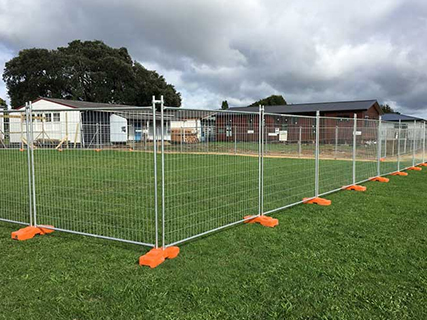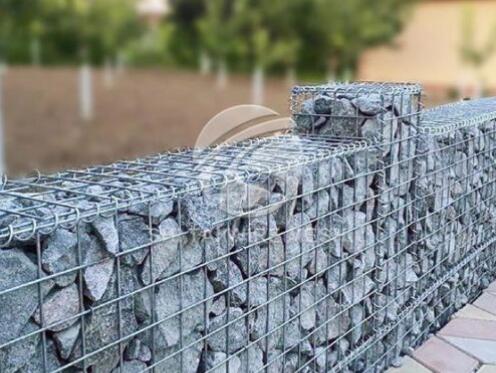Shitai Sound Barrier Fence is an engineered structure designed to mitigate the impact of environmental noise and enhance urban living. From the very first installation, our Sound Barrier Fence delivers exceptional performance, ensuring that noise from highways, railways, and industrial sites is effectively absorbed or deflected.
The Sound Barrier Fence is a robust and durable solution constructed from high-density materials such as concrete, wood, vinyl, and composites. These materials are selected for their mass and sound-dampening properties, making the fence highly effective in reducing noise pollution in urban and suburban settings. The design of the Sound Barrier Fence follows the principle of obstructing the line-of-sight between the noise source and the receiver, thus minimizing the impact of sound waves.
Why Choose Shitai Mesh?
High-Density Construction
- Superior Mass: The thick, heavy construction of the Sound Barrier Fence helps to absorb and reflect sound waves, significantly reducing noise levels.
- Durability: Engineered to withstand harsh weather and environmental conditions, this fence maintains its performance and structural integrity over time.
Enhanced Aesthetic and Functional Design
- Customizable Designs: The Sound Barrier Fence can be tailored to fit the architectural style of any neighborhood, ensuring that it not only serves its function but also complements its surroundings.
- Versatile Material Options: Available in concrete, wood, vinyl, or composite materials, offering options that meet both aesthetic and performance requirements.
Environmental and Economic Benefits
- Noise Reduction: By significantly reducing ambient noise, the Sound Barrier Fence improves quality of life and public health, while also boosting property values.
- Cost-Effective: Durable materials and low maintenance requirements result in long-term savings and reduced environmental impact, making it an economically viable solution for urban planners and municipalities.
Applications and Use Cases
Urban and Suburban Areas
The Sound Barrier Fence is widely used along highways, railways, and industrial sites to reduce noise pollution. Its ability to block direct sound transmission makes it ideal for residential areas adjacent to busy roads or industrial zones.
Commercial and Public Spaces
- Urban Infrastructure: Used in city planning and urban development projects to create quieter and more livable communities.
- Public Facilities: Deployed around schools, hospitals, and parks to ensure a peaceful environment for residents and visitors.
Environmental and Sustainability Projects
In addition to noise reduction, the Sound Barrier Fence contributes to environmental sustainability by improving air quality and reducing stress-related health issues in urban populations.
As a trusted provider of noise reduction solutions, Shitai Sound Barrier Fence is engineered with advanced materials and state-of-the-art design techniques. Our commitment to quality and innovation ensures that every installation meets the highest standards of performance and durability. Whether you need a custom-designed barrier for a residential neighborhood or a robust solution for industrial zones, our Sound Barrier Fence delivers unmatched noise reduction and long-term reliability.
Sound barrier fencing is an indispensable solution for modern urban environments, effectively reducing noise and improving the quality of life for residents and businesses. With its robust construction, customizable design and significant environmental benefits, Shitai's sound barrier fencing is the preferred choice of urban planners and municipalities. Create a quieter, safer and more sustainable environment by choosing Shitai's sound barrier fencing!






